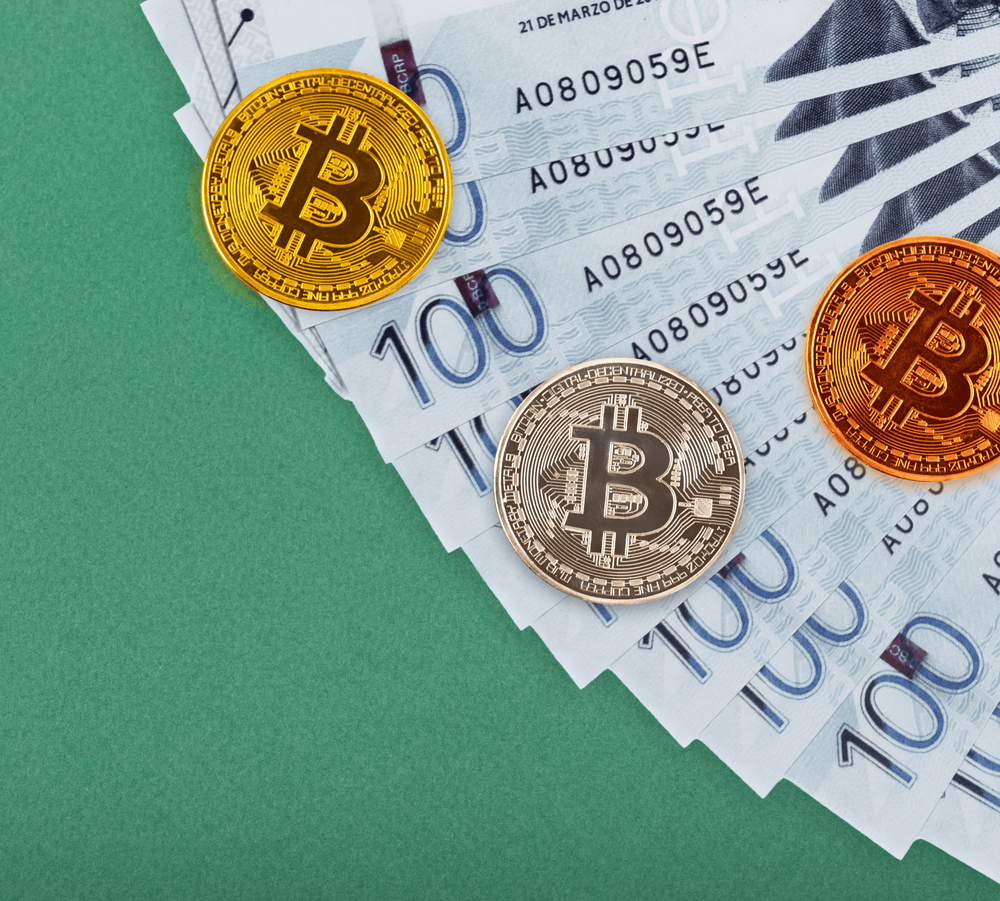In the digital era, both cryptocurrencies and the Peruvian sol have revolutionized the way we conduct transactions. However, although both can exist in digital format, they have fundamental differences in terms of control, decentralization, and technology. In this blog, we explore these key differences and their impact on the global financial system.

We live in a world where money is no longer just physical. With financial digitization, new forms of money have emerged, such as cryptocurrencies and the Peruvian sol in its digital version. Although both can be used for payments and transactions, their nature is completely different. What are the key differences? Let's find out.
Cryptocurrencies are decentralized digital assets based on blockchain technology. They do not depend on any central entity, and their value is determined by market supply and demand. An example is Bitcoin, which allows anyone to store and transfer value without needing a bank.
The Peruvian sol, on the other hand, is the official currency of Peru, issued and regulated by the Central Reserve Bank of Peru. Although it exists in digital format through bank transfers and electronic payments, it remains under the control of the traditional financial system.
One of the most important aspects distinguishing cryptocurrencies from the sol is decentralization. While money in a bank is subject to government regulations, account freezes, and verifications, cryptocurrencies operate in open networks without intermediaries.
For example, if a bank decides to freeze a sol account due to suspected fraud, the user would immediately lose access to their money until the issue is resolved. In contrast, if someone holds Bitcoin in a private wallet, no one can prevent them from accessing or using their funds.
Cryptocurrencies operate on a public blockchain, meaning all transactions are visible and auditable by any user. This prevents manipulation of financial records.
In contrast, sol transactions are private, and only financial institutions have access to the records. This can raise concerns about transparency, especially in financial systems with high levels of corruption.
An example of how blockchain enhances security is Ethereum, where smart contracts allow automatic transactions without intermediaries, reducing the risk of fraud.
The Peruvian sol maintains a relatively stable value because it is backed by the Central Reserve Bank of Peru. On the other hand, cryptocurrencies can experience high price fluctuations due to market speculation.
For example, in 2021, Bitcoin reached $60,000 and then dropped to less than $30,000 within months. In contrast, a digital sol in a bank always maintains its value of S/1, unless there is inflation or devaluation in the country's economy.
Cryptocurrencies still face regulatory challenges, with governments debating how to oversee their use. Meanwhile, the Peruvian sol is already fully integrated into the economy and regulated by financial authorities.
Some countries have explored the creation of state-backed digital currencies, such as the digital yuan in China, which could be a future alternative for the Peruvian sol.
Despite sharing a digital environment, cryptocurrencies and the Peruvian sol represent completely different philosophies. While cryptocurrencies promote autonomy and decentralization, the sol follows the traditional model with state control.
The future of both will depend on regulation, technology, and global adoption. What is certain is that we are at a financial turning point where money, as we know it, is rapidly changing.
Stay updated with the latest news, tips, and exclusive information